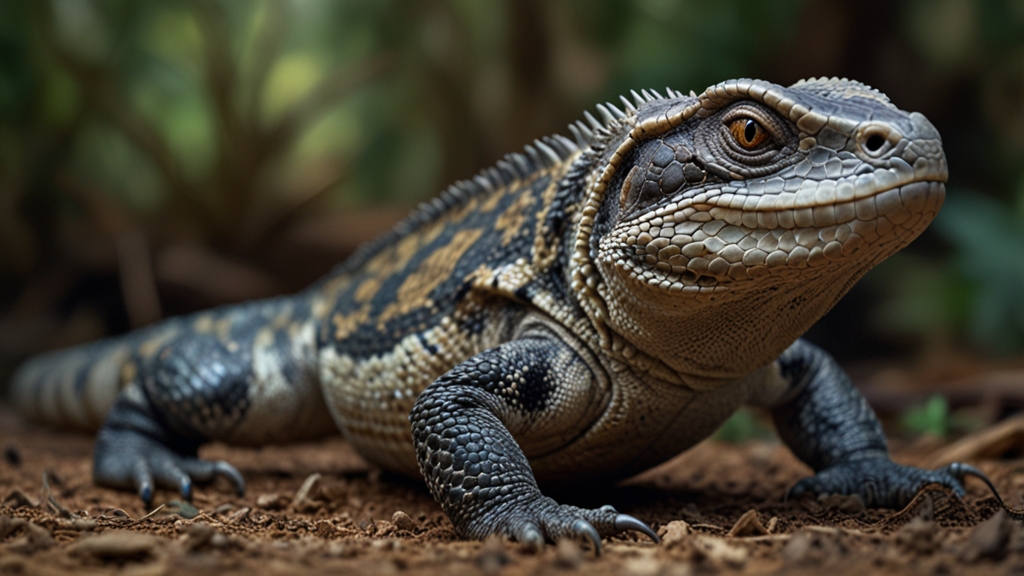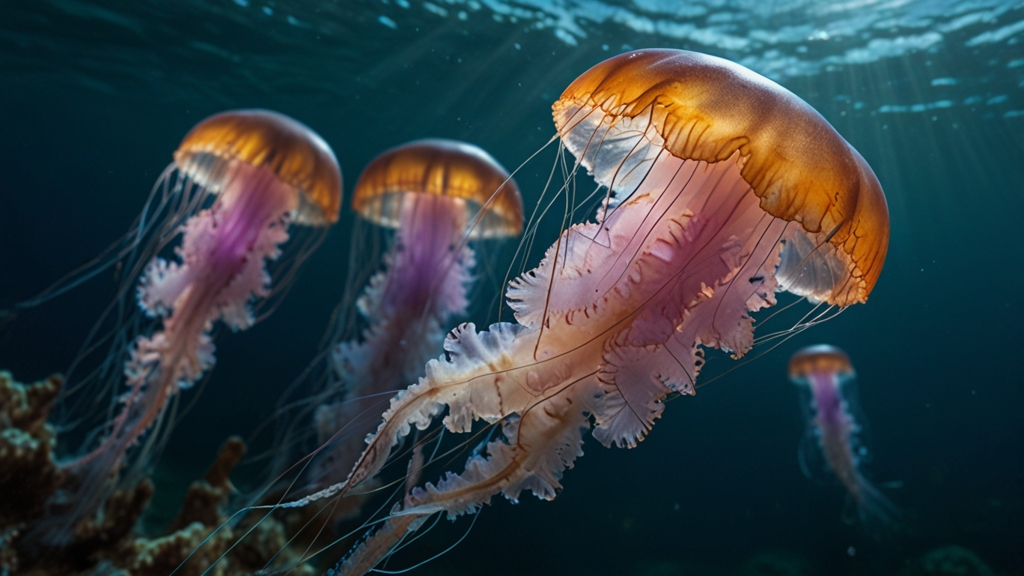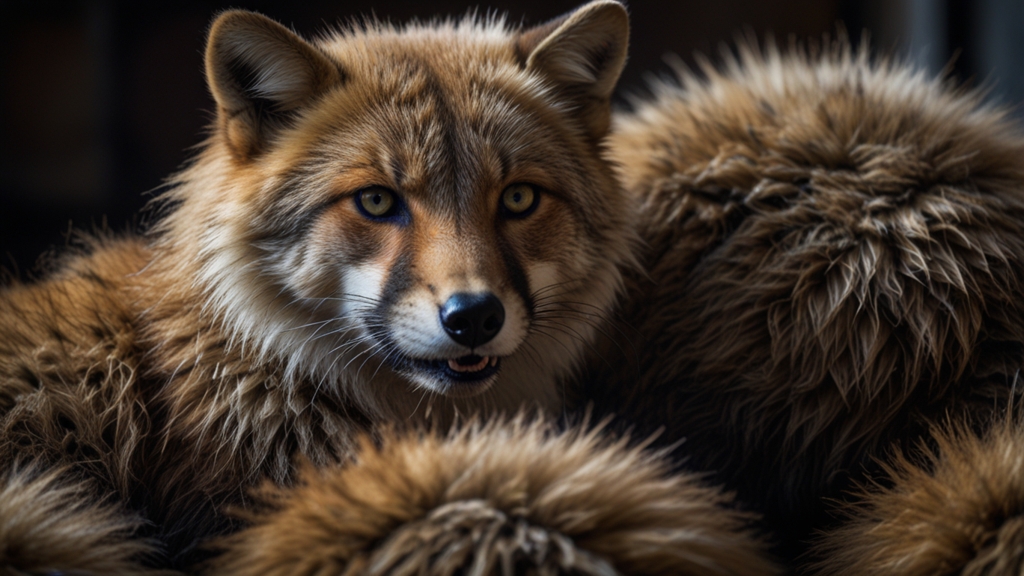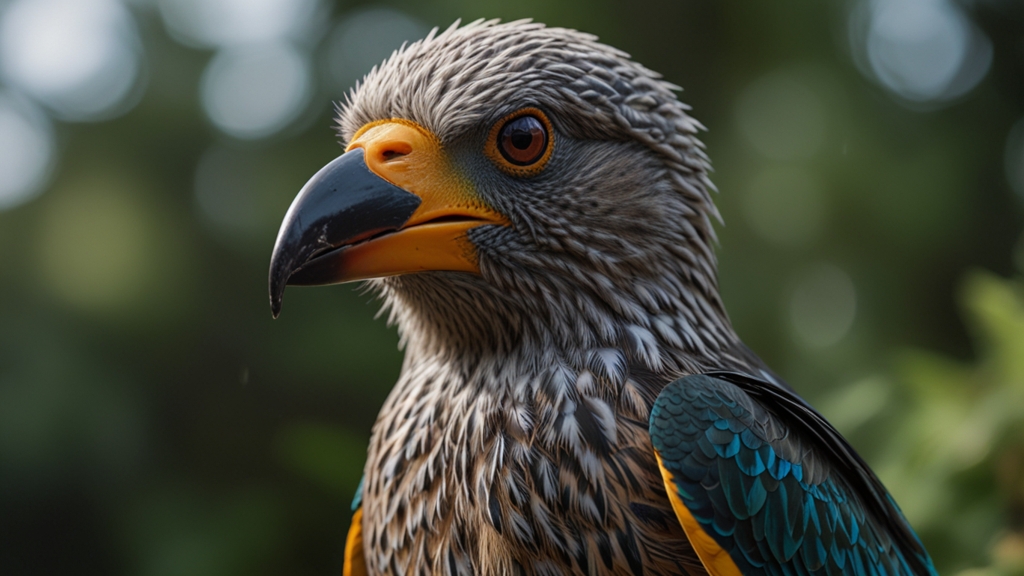Reptiles Under Threat: The Race to Save These Ancient Creatures
Reptiles are among the oldest inhabitants of our planet, having thrived for millions of years. These resilient creatures, ranging from the smallest geckos to the mighty crocodiles, play crucial roles in their ecosystems. However, despite their ancient lineage and adaptability, reptiles across the globe are facing unprecedented threats that push many species towards the brink of extinction.
The Importance of Reptiles in Ecosystems
Reptiles fulfill various essential functions within their habitats. Predators like snakes control populations of rodents and other pests, thereby maintaining a natural balance. Herbivorous reptiles, such as certain tortoises, aid in seed dispersal, contributing to plant diversity and ecosystem health. Carnivorous reptiles, like crocodiles, play a role in nutrient cycling by breaking down organic matter within freshwater and coastal systems.
"Reptiles are integral components of many ecosystems and their decline can have ripple effects on the environment and other wildlife." - Dr. Jane Goodall
Threats Facing Reptiles Today
The modern world presents numerous challenges for reptilian survival. Habitat destruction due to urbanization, agriculture, and deforestation deprives reptiles of their natural homes. This is particularly devastating for species with limited ranges or specialized habitat requirements.
Climate change poses another significant threat. Many reptiles are ectothermic, relying on external temperatures to regulate their body heat. Rising global temperatures can disrupt their breeding cycles, reduce food availability, and even cause direct harm through altered weather patterns.
Additionally, the illegal wildlife trade targets reptiles for their skins, medicinal properties, or as exotic pets. Over-exploitation has led to severe population declines in various species. Pollution, including plastic waste and pesticides, further exacerbates these challenges, causing physical harm and poisoning food sources.
Conservation Efforts Underway
Despite these threats, numerous conservation initiatives are striving to protect and restore reptile populations. Habitat preservation is a primary focus, with protected areas and wildlife corridors being established to ensure reptiles have safe spaces to live and breed.
Climate change mitigation strategies, such as creating artificial nesting sites to counteract the effects of temperature changes, are also being employed. These efforts aim to provide stable conditions for breeding and help maintain healthy populations.
In combating the illegal trade, stringent enforcement of wildlife laws and international agreements, like CITES (the Convention on International Trade in Endangered Species of Wild Fauna and Flora), are crucial. Education and awareness campaigns target potential buyers to reduce demand for illegally sourced reptiles.
"Effective conservation is as much about protecting habitats as it is about changing human behavior and attitudes towards reptiles." - Sir David Attenborough
Success Stories and Hope for the Future
There have been notable successes in reptile conservation. For example, the Galápagos tortoises, once critically endangered, have seen significant population recoveries thanks to intensive conservation efforts. Similarly, stricter protections and habitat restoration projects have led to increases in American alligator populations.
Innovative approaches are also making a difference. Community-based conservation programs involve local people in protecting reptiles, ensuring that conservation efforts are sustainable and culturally appropriate. Scientific advances, including genetic research and captive breeding programs, provide new tools to bolster wild populations.
The fight to save reptiles is far from over, but with continued effort and collaboration, there is hope. These ancient creatures have survived massive changes in the past, and with our help, they can continue to be a vibrant part of Earth's biodiversity.
How You Can Help
Individuals can contribute to reptile conservation in many ways. Supporting and volunteering with conservation organizations, advocating for stronger environmental policies, and reducing personal carbon footprints are all impactful actions. Being a responsible pet owner and avoiding the purchase of exotic animals can also help reduce demand that fuels the illegal trade.
"If each of us takes small steps towards conservation, collectively, we can make a big difference in preserving these ancient creatures." - Dr. E.O. Wilson
Reptiles have graced our planet for millions of years, evolving into a diverse array of species. Now, as their survival becomes increasingly threatened, it is our responsibility to ensure they continue to thrive long into the future. The race to save these ancient creatures is not just a battle for reptiles but for the health and resilience of our entire planet.









